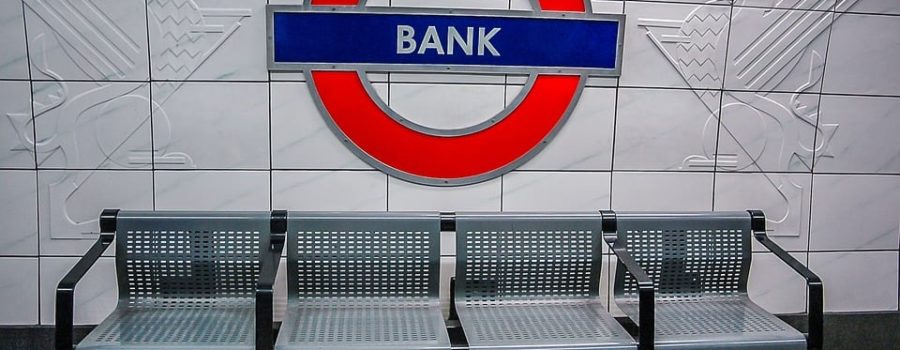Well that was a pleasant surprise.
The latest official figures show an unexpected fall in the rate of price inflation.
Inflation as measured by the Consumer Prices Index was 2.6% in June, down from 2.9% the previous month. Economists expected no change to price inflation, so the official figures came as a surprise.
It’s the first time since last October that price inflation has slowed, with the fall attributed to lower prices for petrol and diesel.
In fact, car fuel prices fell for a fourth month in a row in June, despite a weak Pound Sterling pushing up the cost of buying oil, which is typically priced in US Dollars. But global oil prices have been weaker in recent months, resulting in lower costs for drivers at the petrol pump.
Another way to measure price inflation is to consider the ‘core’ inflation rate. This excludes price changes for more volatile items – things like food, tobacco and alcohol – to establish an inflation rate to reflect what is really happening at the heart of the measurement.
The core inflation rate also came down in the twelve months to June, falling from 2.6% to 2.4%.
One implication of this easing price inflation is the Bank of England now faces less pressure to increase interest rates.
Azad Zangana, Senior European Economist at Schroders, commented on the latest price inflation figures, saying:
“Transport prices were the biggest drag on the annual rate, as has been the case in recent months.
“However, the second largest drag came from recreation and culture services – where prices fell 0.2% over the month compared to a 0.7% rise a year earlier.
“The ongoing squeeze on household budgets may have lowered demand for these non-essential services, causing prices to fall, but the hot weather may have also played a role.
“Overall, the lower-than-expected inflation figures will ease pressure on the Bank of England to consider a rise in interest rates ahead of its August meeting.
“The next Inflation Report should show a much weaker growth outlook than previously expected, with inflation only slightly above the Bank’s forecast.
“We continue to expect the Bank of England to keep interest rates on hold until well into 2019.”
A few things to consider.
Firstly, at 2.6% the Consumer Prices Index is still above the Bank of England inflation target of 2%. The Bank will probably continue to tolerate this and hold interest rates at their historic lows, as long as the inflation outlook remains subdued.
Secondly, price inflation continues to outstrip wage growth, which is running at an average of 2%.
When this happens, consumers are left feeling progressively poorer each month, with less to spend on the High Street. This is bad news for the economy, if it means less consumer spending.
TUC General Secretary Frances O’Grady said:
“The government must stop this cost of living squeeze. Many working people are caught in a vice as rising prices crush their pay.
“Ministers claim they are listening to struggling families. But now is the time to prove it. Britain needs a pay rise across the public and private sector.”
We’ve also had HM Treasury acknowledge that some households are starting to struggle as a result of this cost of living squeeze.
A spokesperson for the Treasury said:
“While it is encouraging that inflation was lower this month, we appreciate that some families are concerned about the cost of living.
“That’s why we have introduced the national living wage, which is helping to boost earnings by £1,400 a year, and why we’ve cut taxes for millions of people to help them keep more of what they earn.
“We are also increasing our free childcare offer to help 400,000 working parents.”
What do we think these new inflation figures mean for personal financial planning?
It’s important not to read too much into a single month of figures. Inflation remains higher than the Bank of England target and is expected to remain above target for the foreseeable future.
However, higher inflation is being largely driven by a weaker than usual Pound Sterling, raising the cost of importing goods and services from overseas.
We share the view of Schroders that interest rates are likely to stay low for another year or so. Some of the recent noises from the Bank of England were pointing towards an early rate rise, but with such an uncertain economic outlook, particularly as Brexit negotiations continue, any rate rise could have a significant negative economic impact.
Price inflation is important for personal financial planning, as over time it erodes the buying power of our money. This is especially relevant over longer terms, where even modest levels of price inflation can dramatically reduce the value of your capital and income.
Protection against the ravages of price inflation comes from investing in real, asset-backed investments such as equities (company shares) and property.
Keeping money in cash, especially when interest rates are so low, is a good way to erode the buying power of your capital. It only takes a few years of low interest rates and modestly higher price inflation to see your cash savings reduced in value.
We’re unlikely to have seen the back of rising price inflation just yet.
These latest official figures could be a temporary respite from upwards pressure on interest rates, rather than the start of a new trend.

